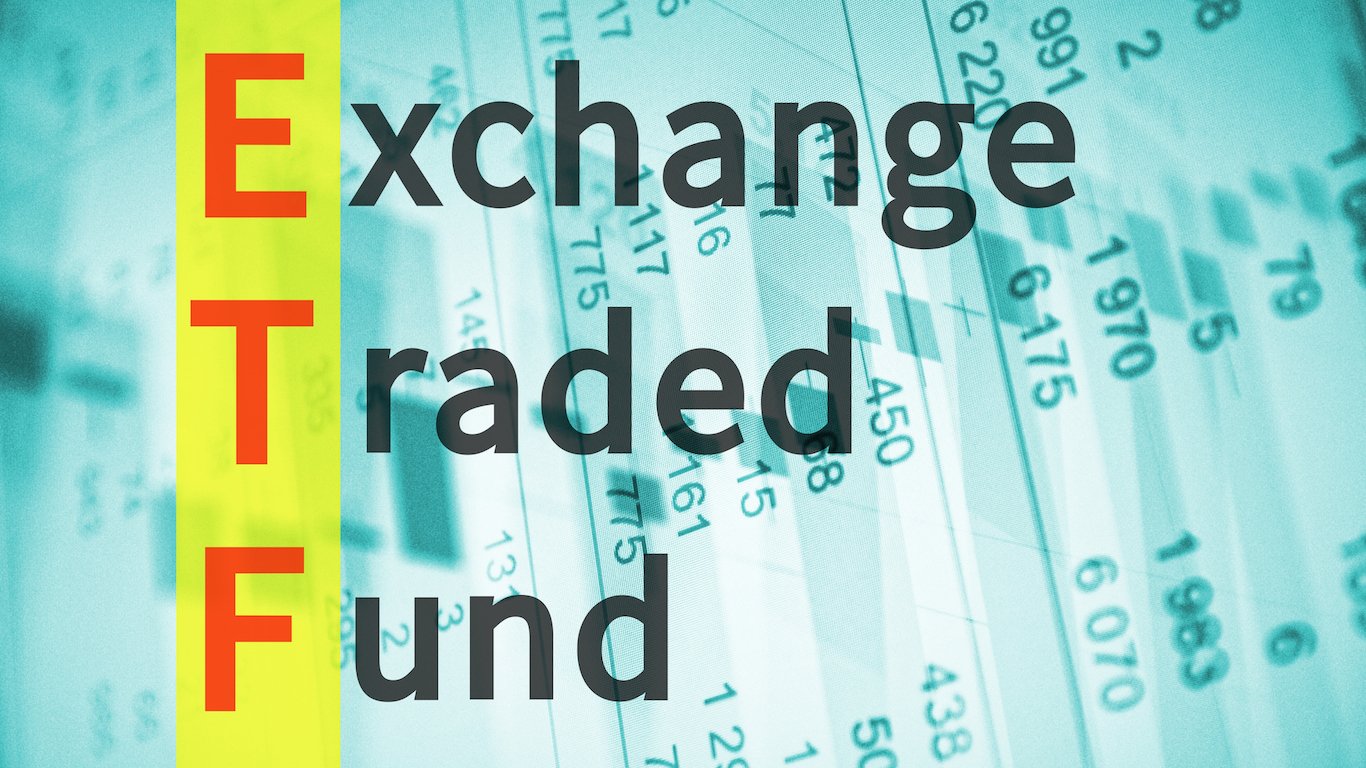

Investors are gearing up for what likely will be a prolonged trade war with China. They are also dealing with a slowing of global growth, slower U.S. economic growth and a Europe that is teetering on recession. The one term dominating the headlines, outside of “trade war” and “Mueller,” is “inverted yield curve.”
While the simple explanation of an inverted yield curve means that longer-term interest rates (bond yields) have gone lower than short-term ones, there is a discrepancy about what the overall “inverted” definition should be. In prior weeks, it was more about 10-year and two-year Treasury yields, but now the focus is more on 10-year Treasury yields versus three-month ones, or a whole slew of short-term yields less than one-year to maturity.
Without trying to be too cynical, picking which “inverted” term to use may simply be the one that has the biggest difference in basis points. After all, you know the media just love to use the word “recession” in their headlines. Still, the implications of an inverted yield curve would be silly and negligent to avoid. If it lasts just a few days, then it is a mechanical issue. If it lasts for weeks or months, it implies that the great recovery in the economy is in trouble. If lasts for longer than a couple of months, then the recession may become a self-fulfilling prophecy. Even if there is a very near miss of a recession, some businesses and sectors will feel like they were in a recession (and some already may).
There are more related searches happening on Google, according to Google Trends, now than in the past week, and if you expand to a longer look-back period, it is reaching the same level of interest as was seen back in March and last December. The Treasury’s daily yield curve rates show that the voracity of the inversion, as the yield on the 10-year Treasury had fallen 17 basis points from Tuesday, May 21, to Tuesday, May 28, has started to intensify — and it has become even worse on Wednesday, May 29, as the 10-year yield was trading at about 2.23% (see table below).
One key influential call by Morgan Stanley is garnering much of the attention of the inverted yield curve talk right now. Morgan Stanley has said that the (inverted) Treasury yield curve is really flashing recession fears and that the trade war is merely a sideshow. The firm is warning that there are more potential growth disappointments, even with a trade deal, and that there is a risk that the S&P 500 Index could fall back to 2,400 from around 2,800, based on weaker data.
Be advised that the selling zenith in December took the S&P 500 to a low of about 2,350 that literally lasted only one day, and the day after it was back above the 2,400 mark.
Some mechanical issues are at work right now, and one is that the market is fighting Fed Chair Jerome Powell and the Federal Reserve in a war that likely will not be won in a single battle. The market is telling Powell to lower interest rates. History dictates, barring any instant obvious unplanned event, that Powell will not suddenly openly lean toward rate cuts. It would mean that he has to admit the Fed went way too far with their rate hikes in 2018.
There is a reason to believe that the inverted yield curve would force the Fed’s hand in a rate cut, but things will have to continue getting worse beyond rhetoric between China and the United States. It also would have to get worse than a 250-point drop in the Dow Jones industrials being followed by a 350-point drop in that average. The Dow dropped to under 22,000 at the selling zenith in December, after having been at 26,800 at the start of last October and Powell did not cut the federal funds rate, even if he did stop raising rates.
On Tuesday evening, Jim Cramer from TheStreet pointed out something I was scratching my head about the same day and hadn’t quite figured out how to articulate it because it goes so far against traditional financial market theory.
you have to feel for this market–it wants rates to go HIGHER! I can't recall many markets that want their enemy to win
— Jim Cramer (@jimcramer) May 29, 2019
Asking for higher interest rates goes against traditional market theory because the theory is that as interest rates rise they can compete against stocks. In the current market, the reason that theory is useless is because rates are dropping enough that there is a clear signal of slower economic data at work. It does not mean an assured recession is coming, but throw in a trade war, a Washington political climate that is the worst in decades, slower economic readings, slower global growth and then the summer doldrums (or the “Sell in May and go away!”).
Again, there are some problems even on agreeing what a true inverted yield curve is. The shorter the maturity date is, the more likely it is to track the Treasury’s fed funds rate. Going out past a year or two can easily create the larger inversions because over time it seems that even the Federal Reserve will see that the light at the end of the tunnel looks more like an oncoming freight train instead of the tunnel opening up again.
According to Investopedia, an inverted yield curve is when long-term debt instruments have a lower yield than short-term debt instruments of the same credit quality. More specifically:
This type of yield curve is the rarest of the three main curve types and is considered to be a predictor of economic recession. … A partial inversion occurs when only some of the short-term Treasuries (five or 10 years) have higher yields than 30-year Treasuries. An inverted yield curve is sometimes referred to as a negative yield curve. … Historically, inversions of the yield curve have preceded many of the U.S. recessions. Due to this historical correlation, the yield curve is often seen as an accurate forecast of the turning points of the business cycle. A recent example is when the U.S. Treasury yield curve inverted in late 2005, 2006, and again in 2007 before U.S. equity markets collapsed. The curve also inverted in late 2018. An inverse yield curve predicts lower interest rates in the future as longer-term bonds are demanded, sending the yields down.
According to InvestorWords, an inverted yield curve is:
An uncommon situation in which long-term interest rates have lower yields than short-term interest rates. This is often a sign that interest rates are expected to decline. also called negative yield curve.
According to InvestorGuide, an inverted yield curve is:
A situation in which long-term debt instruments are returning a lower yield than short-term notes, resulting in a downward tilting yield curve. An inverted yield curve is generally seen as an indication that investors foresee an economic Downturn. Compare to normal yield curve.
Now let’s look at the current news headlines and definitions shown in major financial media concerning inverted yield curves:
- Bloomberg headlines: The Inverted Yield Curve Matters, Signals A Downturn (Radio); Key Slice of U.S. Yield Curve Becomes Most Inverted Since 2007; Morgan Stanley Says U.S. Yield Curve Now Clearly Spells Downturn; Three Fed Cuts on Bond-Market Radar as Curve Inversion Deepens
- Wall Street Journal headlines: Global Bond Yields Fall Near Multiyear Lows; Treasury Yields Fall to Lowest Level Since 2017 Amid Worries on Growth, Trade; A Tale of Two Yield Curves
- CNBC: Bond flash economic warning as 3-month yield tops 10-year rate by most since financial crisis; 10-year Treasury yield drops to 19-month low as trade fights threaten US growth; Bond market flashes recession warning as portion of the yield curve inverts again
Anyhow, we wanted to show how the current yield curve inversion looks using more numbers on a Treasury table rather than a series of plots and curves.
Maybe we should start watching the 20-year and 30-year Treasury yields more than the 10-year yields. That 30-year Treasury yield was last seen at 2.67% on Wednesday, versus 2.70% on Tuesday and 2.75% last Friday. The 30-year yield was up at 2.92% on May 1, with a high close of 2.94% on May 2. That’s a drop of almost 30 basis points in less than a month.
If the Federal Reserve really wants to be more proactive in getting longer-dated yields higher, maybe it should consider using the high demand by investors in the bond market to unload more of their longer-dated Treasury holdings.
Below is the Treasury table from the Daily Treasury Yield Curve Rates:

Thank you for reading! Have some feedback for us?
Contact the 24/7 Wall St. editorial team.
 24/7 Wall St.
24/7 Wall St.


